Revolutionizing Stink Bug Control: Advanced Technologies Near You
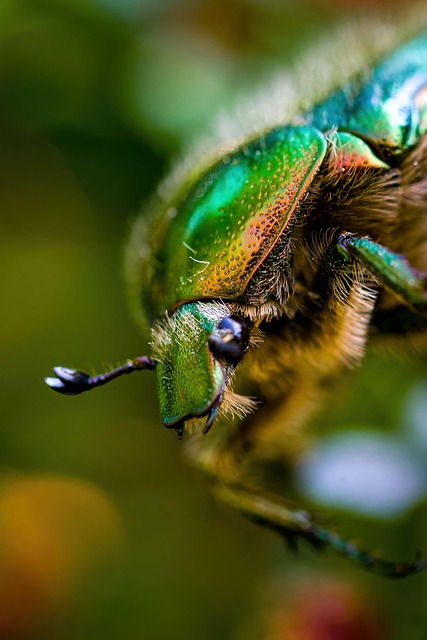
Stink bugs, invasive pests in urban areas, prefer warm environments and hide in dark spaces. Their n…….
Understanding Stink Bug Control and Removal
Stink bug control and removal refer to the strategies, techniques, and measures implemented to manage populations of stink bugs, particularly those considered pests. These insects, known for their ability to inflict damage on crops and for emitting a distinctive odor when disturbed, require targeted approaches for effective management. The practice encompasses biological, chemical, and physical methods aimed at reducing the negative impacts of these creatures on agriculture and urban environments. It is a multifaceted field that intersects with entomology, agricultural science, environmental studies, and pest management. Historically, understanding stink bugs has evolved from simple identification and avoidance to sophisticated integrated pest management (IPM) systems that balance ecological health with economic sustainability.
Global Impact and Trends
The global impact of stink bug control and removal is significant, as these insects affect agricultural productivity in many countries. Stink bugs are polyphagous, meaning they feed on a wide variety of plants, which makes them a universal challenge for farmers. Key trends shaping the trajectory of stink bug management include the development of resistant crop varieties, the adoption of advanced monitoring and detection technologies, and the implementation of IPM strategies that are tailored to local ecosystems. Different regions face unique challenges; for instance, North America grapples with the brown marmorated stink bug (Halyomorpha halys), while Asia contends with several native species. The global spread of pest species due to climate change and international trade further complicates the issue.
Economic Considerations
The economic aspects of stink bug control and removal are multifaceted. Crop losses due to stink bug infestations can be substantial, with costs running into millions of dollars annually. Market dynamics are influenced by the prevalence and management of these pests, as effective control can lead to increased yields and market competitiveness. Investment patterns in agricultural technologies, particularly those that aid in pest detection and management, are on the rise. The role of stink bug control in economic systems is critical, as it directly impacts the profitability and sustainability of farming operations.
Technological Advancements
Technological advancements have significantly impacted stink bug control and removal. Innovations such as pheromone traps, computer modeling for predicting infestation patterns, and advanced biological control agents offer more precise and less invasive methods of management. The use of drones and remote sensing technologies has improved the monitoring and early detection of stink bug populations. Future potential includes the development of gene-editing tools like CRISPR to create stink bug resistant crops and the exploration of entomopathogenic viruses as a means of controlling populations.
Policy and Regulation
Policies and regulations governing stink bug control and removal are critical in ensuring that management practices are both effective and environmentally sound. Legislation often dictates the types of chemicals and biological agents that can be used, as well as the methods for their application. Integrated pest management frameworks are increasingly being adopted to promote a holistic approach that includes cultural, physical, biological, and chemical tactics when necessary. Regulations also address the disposal of stink bugs and the prevention of resistance development in pest populations.
Challenges and Criticisms
The main challenges faced by stink bug control and removal include resistance to chemical treatments, the difficulty of monitoring large agricultural areas, and public health concerns related to stink bug allergens. Criticisms often revolve around the environmental impact of pesticides used in control measures and the economic burden on farmers. Actionable solutions to these challenges involve diversifying control methods, improving early detection systems, and investing in research to develop new and safer control agents. Public education campaigns also play a role in mitigating risks associated with stink bug management.
Case Studies
Several case studies illustrate successful applications of stink bug control and removal. One notable example is the use of parasitic wasps in South Korea to control the green apple leafhopper, a pest that can transmit apple scheme scale, which resembles stink bugs in its impact on agriculture. Another case study from the United States highlights the adoption of biological control agents such as Samurai wasp (Trissolcus japonicus) to manage the brown marmorated stink bug population. These successes underscore the importance of multi-faceted and research-driven approaches to pest management.
Future Prospects
The future outlook for stink bug control and removal is one of continued innovation and integration. Potential growth areas include the development of new biological control agents, the refinement of monitoring technologies, and the expansion of market-based IPM strategies. Emerging trends suggest a move towards more sustainable and environmentally friendly practices, with a greater emphasis on predictive analytics and data-driven decision-making in pest management. Strategic considerations will focus on adapting to climate change, managing resistance, and ensuring food security for a growing global population.
Conclusion
Stink bug control and removal are critical components of modern agricultural practices. The strategies employed to manage these pests have evolved significantly over time and continue to do so. The importance of this field cannot be overstated, as it directly impacts the economic viability and ecological health of agricultural systems worldwide. Through a combination of traditional methods and cutting-edge technology, the challenges posed by stink bugs can be effectively managed, ensuring that the benefits they provide to ecosystems are realized without compromising the integrity of our food supply or the well-being of our communities.
Please note that this text is a high-level overview and does not include specific data or detailed technical information. For actual research findings, case study details, or economic impact numbers, further investigation of peer-reviewed journals, government reports, and agricultural extension services would be necessary.

Stink bugs, invasive pests in urban areas, prefer warm environments and hide in dark spaces. Their n…….
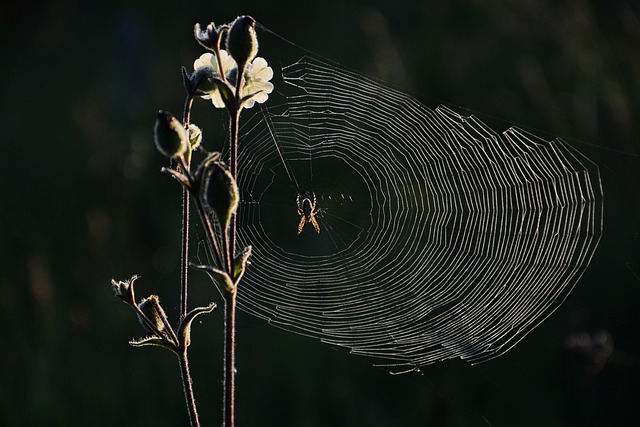
Stink bugs, attracted to warm, humid environments, infiltrate homes through open windows and doors……..
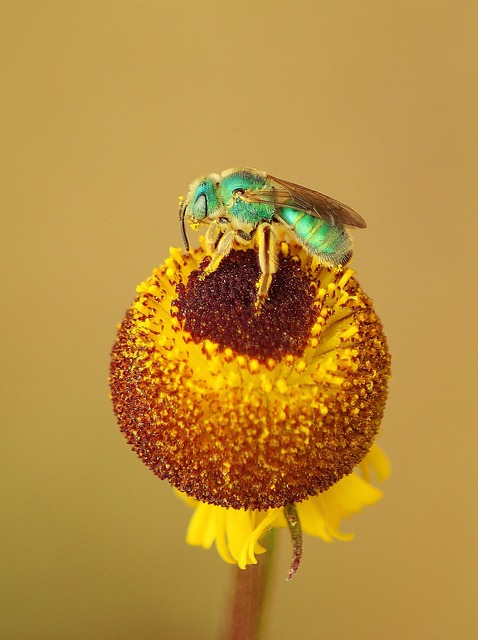
Stink bugs, attracted to warm, humid environments, often invade homes and businesses near windows an…….
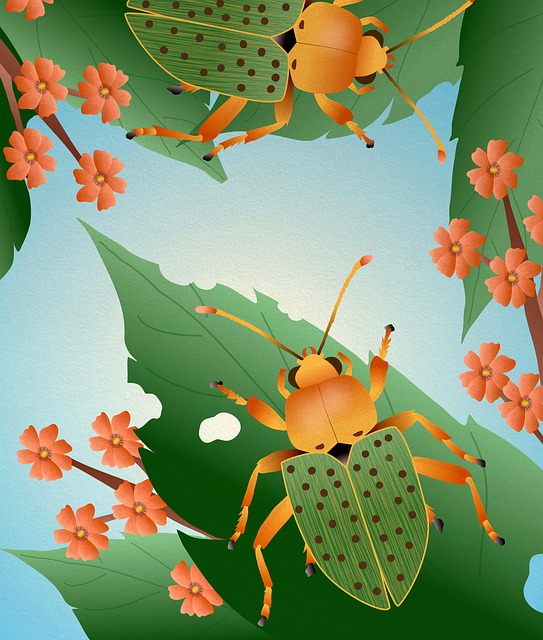
Stink bugs, attracted to warm, moist environments, hide in dark areas and become active at night. Th…….
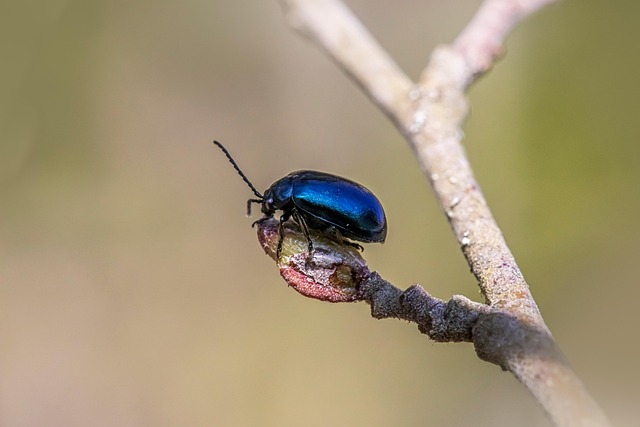
Stink bugs, common pests during cooler months, invade homes and businesses, feeding on indoor plants…….
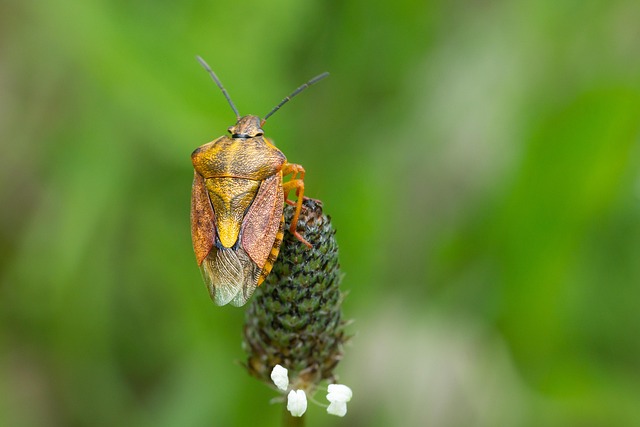
Stink bugs, nocturnal pests, invade homes seeking food and shelter, especially during colder months……..

Stink bugs, drawn by warmth and CO2, invade homes in cooler months seeking food. Eco-friendly soluti…….
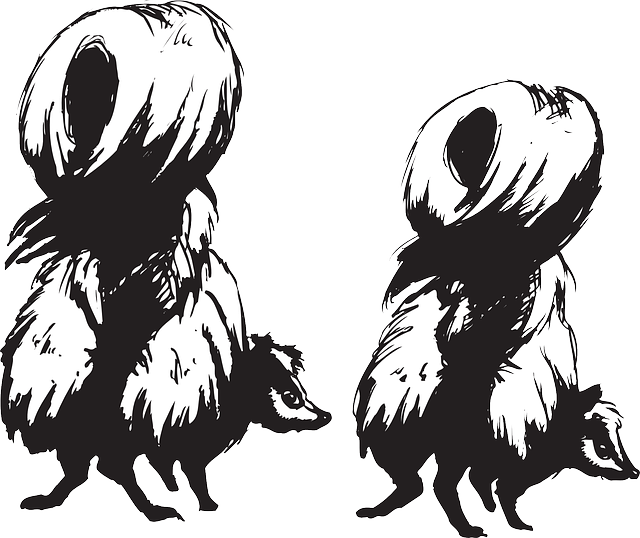
Stink bugs, drawn to warmth, moisture, and dark spaces, are best managed by understanding their habi…….
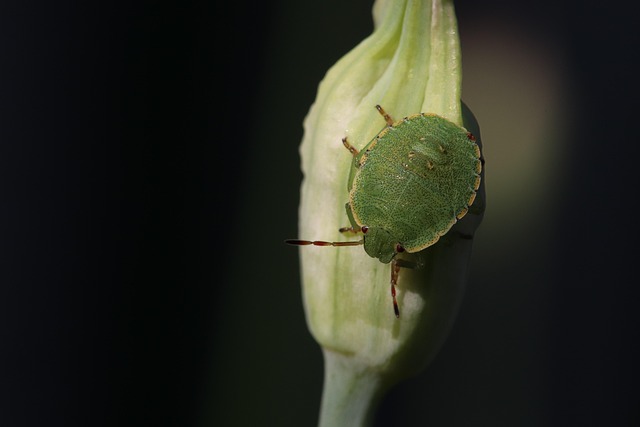
Stink bugs, attracted to warm, humid environments, often invade homes and businesses during cooler m…….